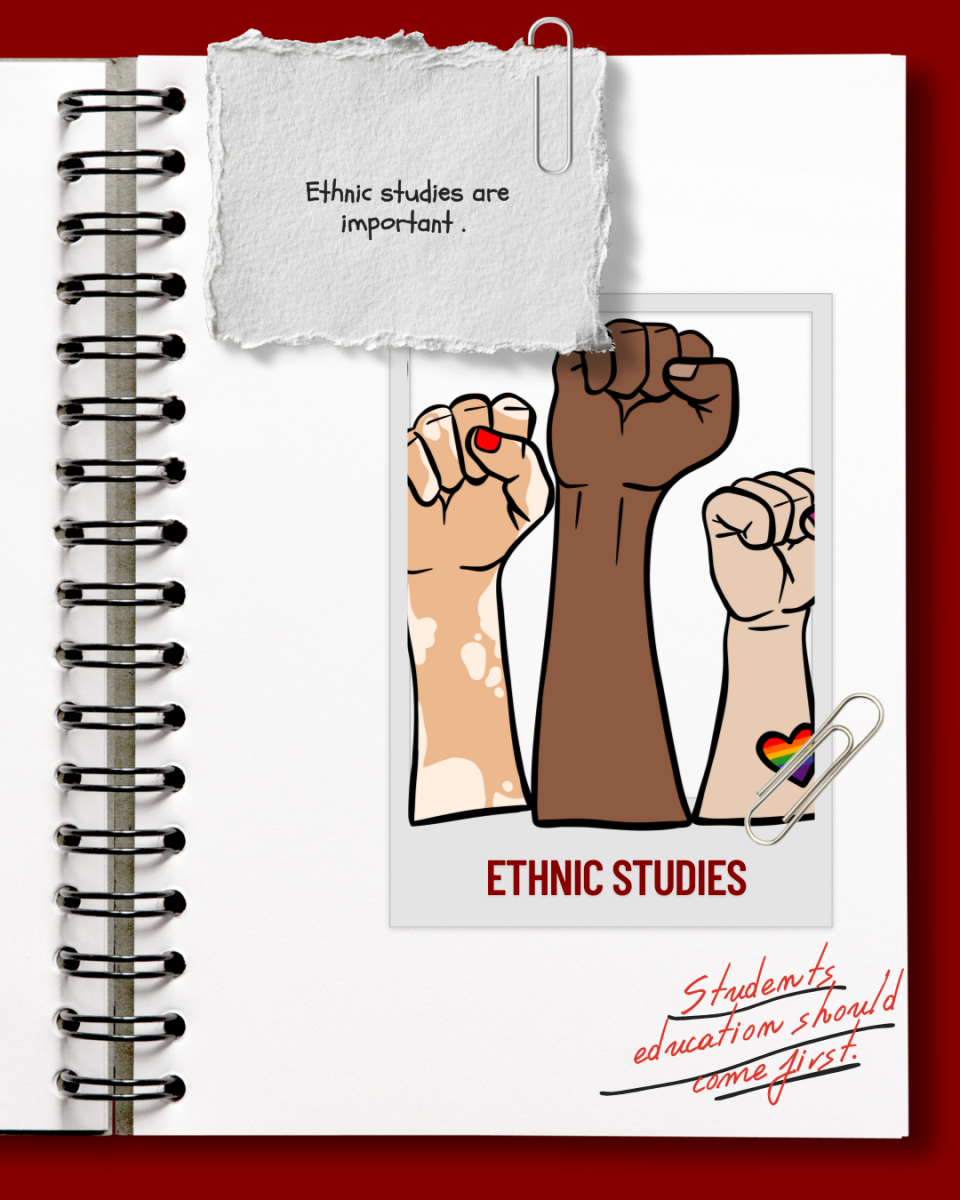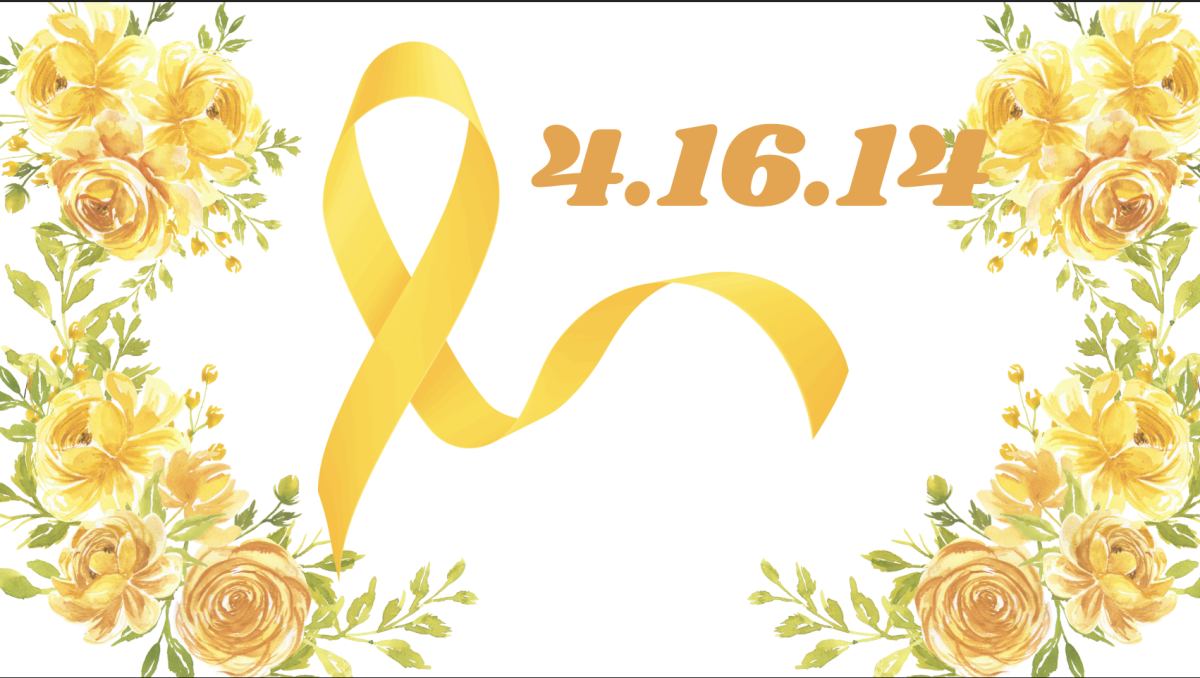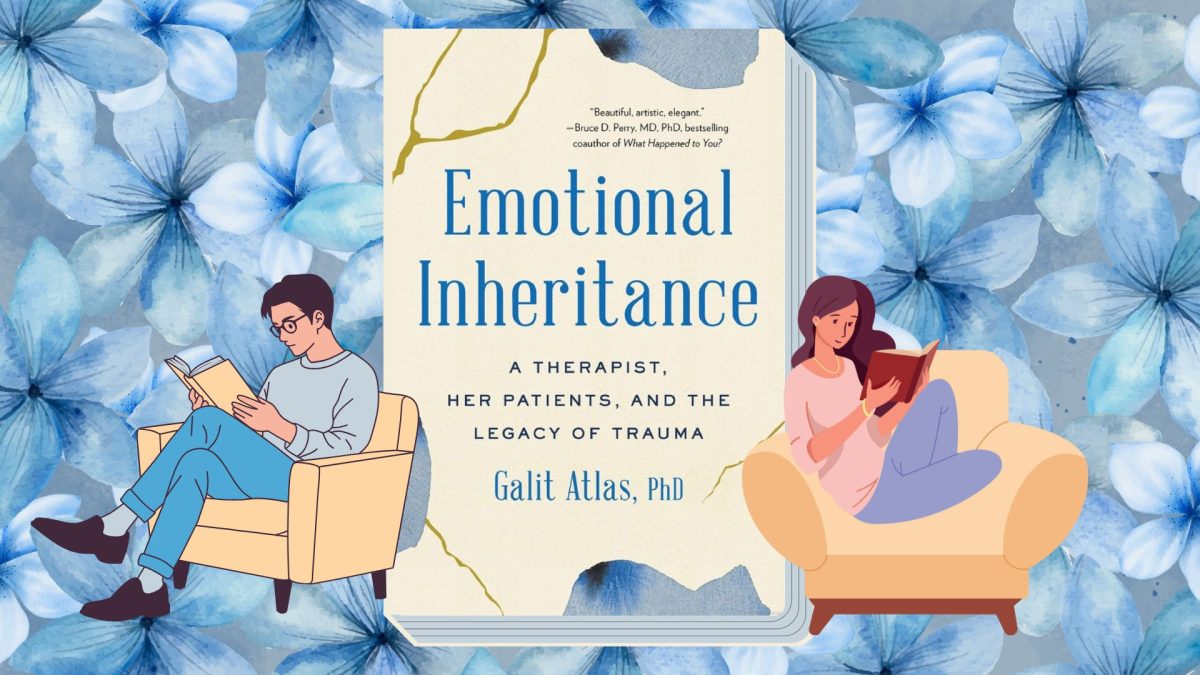Books and movies are two very different mediums that provide distinct forms of entertainment, but which is better? Both forms of entertainment offer a variety of different things that people find enjoyable like their ability to take us to different worlds, imagine new realities, learn new things, and a way to de-stress. The biggest difference between the two is that movies give viewers visuals to focus on while books challenge readers to imagine and interpret the story in their own unique way. This and other differences can make one medium better at telling a story or providing a better form of entertainment.
On a daily basis people tend to prefer a movie because it’s quick and usually doesn’t require much effort. Picking up a book often requires more time, focus and attention in order to understand and make sense of the book itself. In general, many people prefer books as a form of entertainment because they challenge them to imagine the book and its characters while giving more insight to their emotions and thoughts.
English and drama teacher, Cassandra Silverstein, shares her opinion and thoughts on what she likes about what books have to offer.
“To read it takes time and focus which is something we don’t always feel like we have a lot of. But on the flip side, there is a level of discovery and imagination at work when you read that just doesn’t happen any other way as you take your time with something to uncover the story and the characters and to find the meaning in someone else’s words. It’s a beautiful kind of relationship that doesn’t exist with another medium,” Silverstein said.
In contrast, movies are also able to give viewers a different way to obtain details. They give visuals and use those visuals to showcase a character’s expressions, their body movement, their surroundings and sounds that help add to the story.
When Silverstein was asked what she liked about watching movies she said, ”I love the way it’s put together. No film maker just decides they’re gonna tell a story and then stands there with a camera and shoots the picture. Everything in it has meaning in the same way that everything in a novel has meaning, but it’s the way you’re doing it. So if you’re choosing to dress a character a certain way, we’re gonna put this character all in red, there’s meaning in that and there’s meaning when you pull a close-up shot and you’re pulling into the character’s emotions. It’s taking all those things that I love to do when I’m reading a book, and it’s the way someone else has imagined the story. So it’s doing what I love to do but I’m Seeing the way someone else has pictured it.”
Movie adaptations of books allow readers and viewers to compare the two different mediums. Because they both tell the same story, we get to see the difference between the two and how both mediums carry out a story.
English teacher Kathleen Peterson stated that books tend to contain more details than movies do because of time restrictions and the insight books provide to a character’s thoughts. An example she provided was the book “Lessons in Chemistry” by Bonnie Garmus.
“It is about a woman in the 1950s who wanted to be a scientist, but it was a male dominated field and she was not really allowed to participate. The book is currently a series on Apple TV. They have done a good job, but they lost a lot of the story between the main character and her love interest. It just was not developed as well as it was in the book. If I had only watched the series, I would have missed a lot of what I think was important in the original story,” Peterson said.
Other examples, provided by Silverstein, were the books, “A Man Called Ove” by Fredrik Backman and “Where the Crawdads Sing” by Delia Owens. The books and their adaptations demonstrate how books are better at going deeper into telling a story.
“I think you have to love words, in a sense for literature to have more meaning. The ability to paint a picture yourself versus looking at what someone else has created, there’s more to it and so most books have so much more in them,” Silverstein said.
Besides the lack of details, movie adaptations tend to cast people that don’t always fit a character’s description. Due to this, many readers are frustrated by the fact that some adaptations don’t follow the description of the character as described in the book.
“An example of this would be the book ‘Firefly Lane’ by Kristin Hannah. It is one of my all-time favorite books. They did a series adaptation for Netflix, and I totally disagreed with their casting for the character of Tully. It sort of ruined the show for me,” Peterson said.
On the other hand, movie adaptations can also help add to a book and give details in a different way. When people read a book they may come across descriptions of something or someone that might be hard to imagine.
For example, an article from the Indiana University Bloomington, describes the struggle of understanding the description of the character Rubeus Hagrid from the Harry Potter book series by J. K. Rowling. He is described as “almost twice as tall as a normal man and at least five times as wide. He looked simply too big to be allowed, and so wild – long tangles of bushy black hair and beard hid most of his face, he has hands the size of dustbin lids and his feet in their leather boots were like baby dolphins.”
The character’s description is hard to visualize, but the movie adaptation helps readers picture what the character looks like and fuse that visual to what their image of the character was.
“When they do an adaptation well, you are just as invested in the film characters as you were in the novel characters, and I think that’s magnificent and the picture you had in your mind gets to melt with whatever is happening on the screen,” Silverstein said.
Other factors that help make adaptations, and movies in general, enjoyable and descriptive are the sounds and the visuals. Music is used in film to create and change an atmosphere, foreshadow events and put focus on certain things. Visuals, like an actor’s facial expressions, help viewers feel and experience emotions in a different way than books do. The emotion we hear in an actor’s voice when watching a movie can also help convey emotion, and sometimes hearing someone saying something rather than reading it might be more impactful.
An example given in an article from the Massachusetts Daily Collegian, is the adaptation “Gone with the Wind” when Scarlett says “I will never be hungry again.” Reading that line and watching someone say that same line with power and emotion makes the scene feel more moving in the adaptation.
Both mediums have different factors that make them each enjoyable. A book can give readers more details and insight than a movie could while a film has the visuals and sounds that can’t be replicated by a book. Both mediums have their own strengths and weaknesses but at the end of the day each person has their own preference for what type of entertainment they enjoy the most.


































